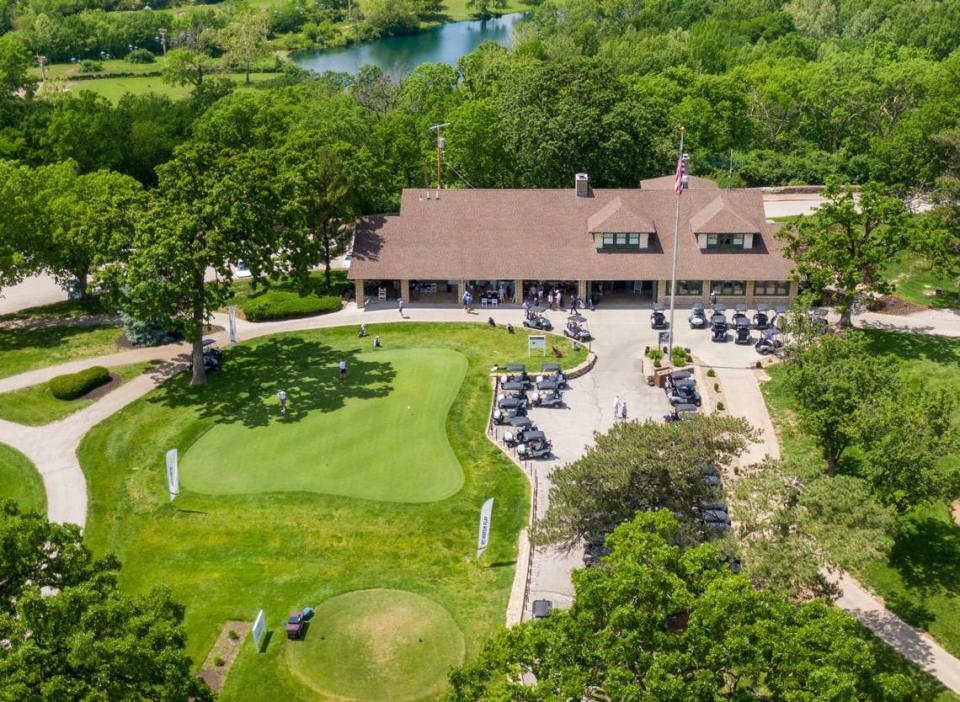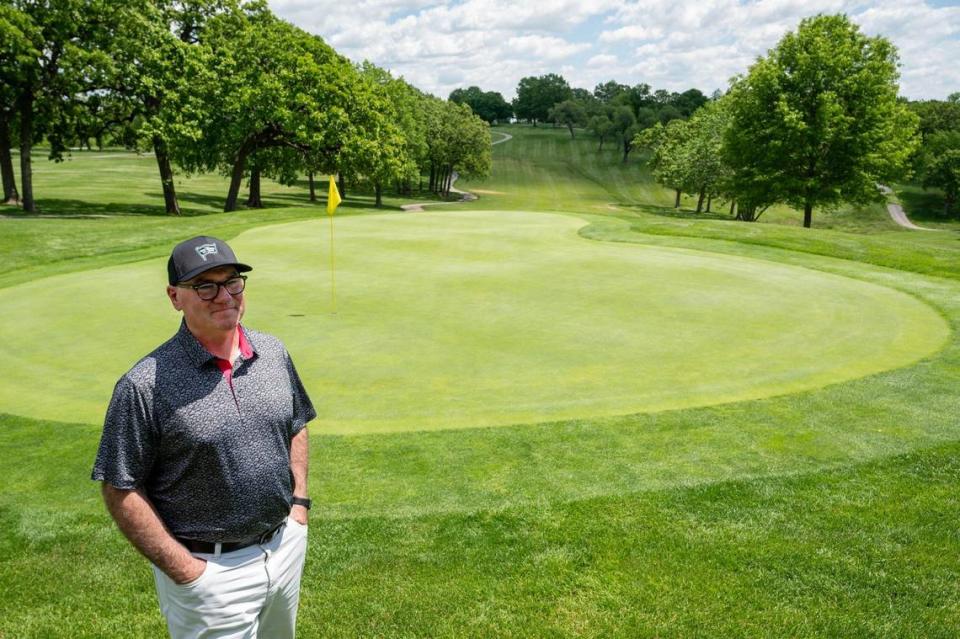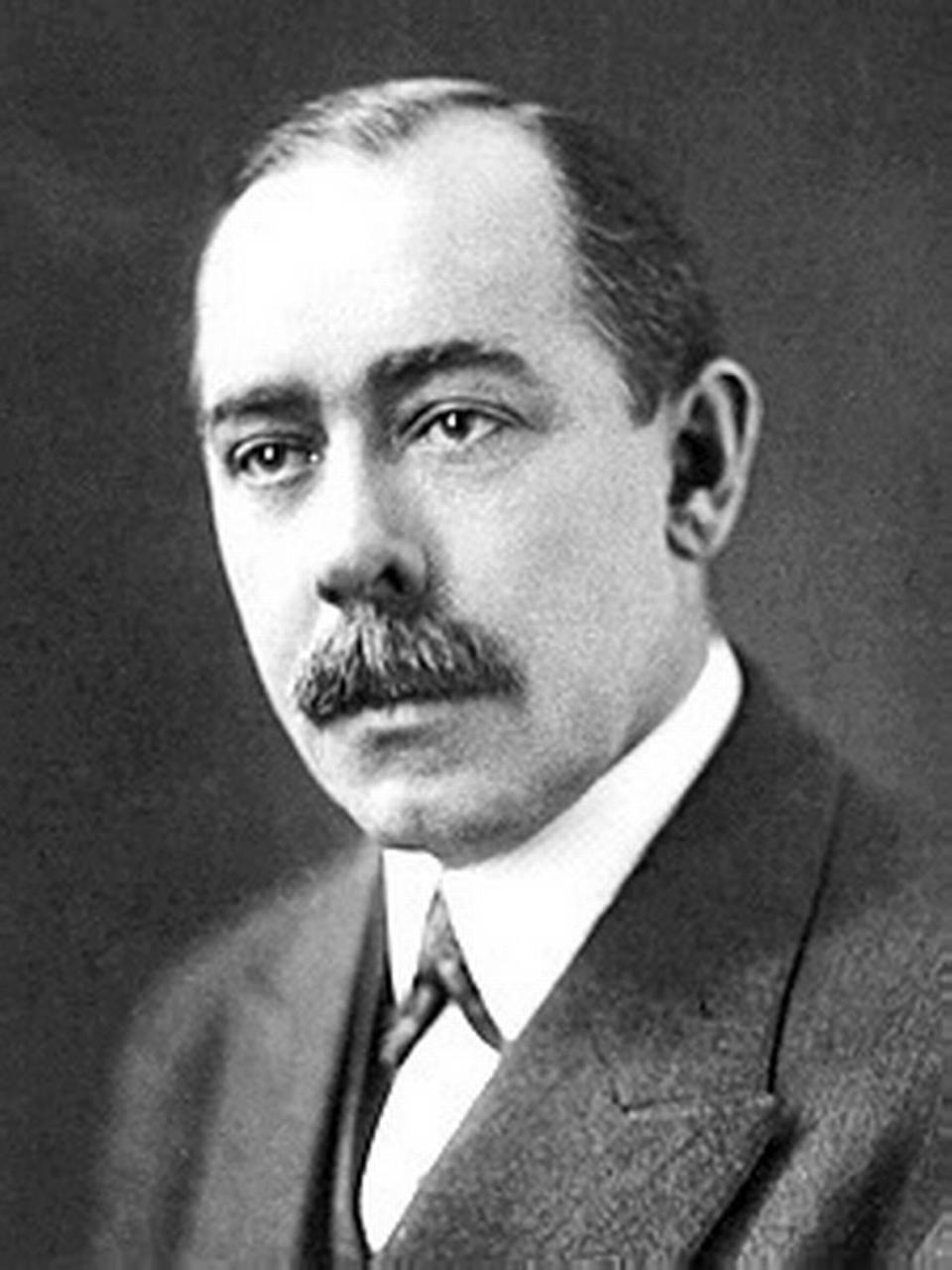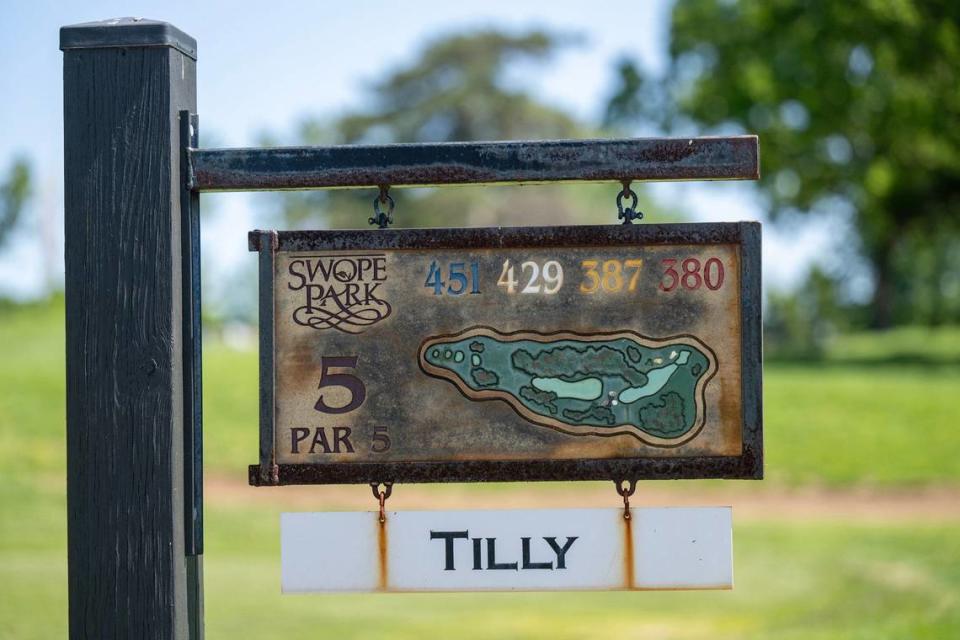After a century, historic KC golf course plans to close for a year for $7M overhaul
Uniquely KC is a Star series exploring what makes Kansas City special. From our award-winning barbecue to rich Midwestern history, we’re exploring why KC is the “Paris of the Plains.”
Of the five golf courses operated by Kansas City’s parks system, Swope Memorial is where it’s easiest to touch a bit of golf history.
Built in 1919 and redesigned in 1934 by the legendary architect A.W. Tillinghast, Swope Memorial hosted a PGA tour stop in 1949 — the only local public course with that distinction. The great Ben Hogan once walked its hilly topography. For 90 years, golfers have gazed from the lofted perch on the 17th hole to Kansas City’s skyline 12 miles away.
But in addition to being a historic place, Swope Memorial is also … getting old.
“The bunkers have seen better days, the irrigation system is antiquated,” said Douglas Schroeder, director of golf services for Kansas City Parks & Recreation. “The cart paths are made of asphalt, and most don’t allow for proper drainage. The greens are being invaded by poa annua, which is a bluegrass that can’t survive in the heat.”
“One thing led to another,” Schroeder continued, “and finally it was like, It’s time. This is a prized asset of the parks department, and we need to spend some money to get it back to the gold standard it should be.”
Which is why the parks department will soon take a proposal to the city council seeking to fund a major overhaul of Swope Memorial, likely to the tune of around $7 million, Schroeder said.

Schroeder and his team have already hired an architecture firm: CE Golf Design, led by Todd Clark and based in Kansas City, Kansas. Its resume of local courses includes an original design of Prairie Highlands, which debuted in Olathe in 2001, and more recent renovations like Oakwood Country Club in south Kansas City and Topeka Country Club, which are ongoing.
At Oakwood and Topeka, Clark worked with Ron Whitten, who lives locally and until earlier this year served for decades as the architecture editor for Golf Digest. (Whitten also quite literally wrote the book on the topic, having published “The Architects of Golf” in 1993.) The two men plan to pair up on the Swope project, too: Clark as the architect, Whitten as the historical consultant.
Whitten has played most of Tillinghast’s courses — a list that includes Indian Hills Country Club and Kansas City Country Club, both in Mission Hills — and called him “one of the great masters of golf architecture.” He said the goal will be to adapt the course to the modern game while preserving the essence of a Tillinghast course — which is, what, exactly?
“It’s a tough question, because he was a site-specific guy,” Whitten said. “At Winged Foot in Westchester (outside New York City), all the greens are perched because you couldn’t dig down into the rocky soil there. But at other courses where you could, he’d have lower greens and bunkers dug into the soil. He tried very hard to make each course individual and special. I’m always tickled when I play his courses, because there’s always a hole or two that’s surprising.”

Take the 14th hole at Swope Memorial, Whitten said.
“It’s one of the great par fours in the country,” he said. “It’s this 445-yard roller coaster. You hit uphill onto a flat fairway, then you play over a valley to the green. It’s a dogleg to the right, so if you’re not accurate you end up with a really awkward lie. Tom Watson once declared it one of his favorite holes to play.”
Whitten met Tillinghast’s grandson many years ago, and spent a few days exploring his grandfather’s archives. That, along with midcentury photos he and Clark have been able to find of Swope Memorial, have informed the redesign they’re planning.

They intend to rebuild the tee boxes, cart paths and greens, Whitten said. Some greens will be less steep; others will be wider. They’ll install a new drainage system and fill the bunkers with firmer sand. They will also renumber some holes to improve the pace of play — the 3rd hole will become the 8th, and the 4th will become the 9th, he said.
“The fairways will be mostly the same, but other than that there’s not a whole lot on the course that will be left untouched,” Schroeder said.
They also plan to remove a number of trees.

“It’s gotten really dense with trees over the years,” Whitten said. “If you hit the ball off line, you often have to pitch out without advancing the ball because you can’t hit toward the target through all the trees. Also, trees compete with grass for water and sun, and it’s hard to grow the fairway grass when tree shade covers parts of it. So with fewer trees, you get more air to the greens and more sunlight to the grass and it’s a better playing surface all around.”
Schroeder said they expect to have the design phase completed in about a month, at which point they’ll ask the city council to approve the debt required to fund the renovations.
“The city’s golf courses operate solely on the revenue they generate,” he said. “We live and breathe on the money we make. So, I’ll be able to absorb the cost into my yearly budget while maintaining all the other courses. But we still need (the city) to OK the debt service.”

Based on preliminary conversations with council members and at budget hearings, he doesn’t expect to get much pushback. Assuming it’s a go, Swope Memorial will likely be closed for about 15 months, with a contractor bid going out this summer and construction starting in January. Tentative reopen date: spring 2026.
“I really think it’s something that will benefit the city greatly,” Schroeder said. “For local golfers, but also for tourism. This will be a course people will want to visit.”

